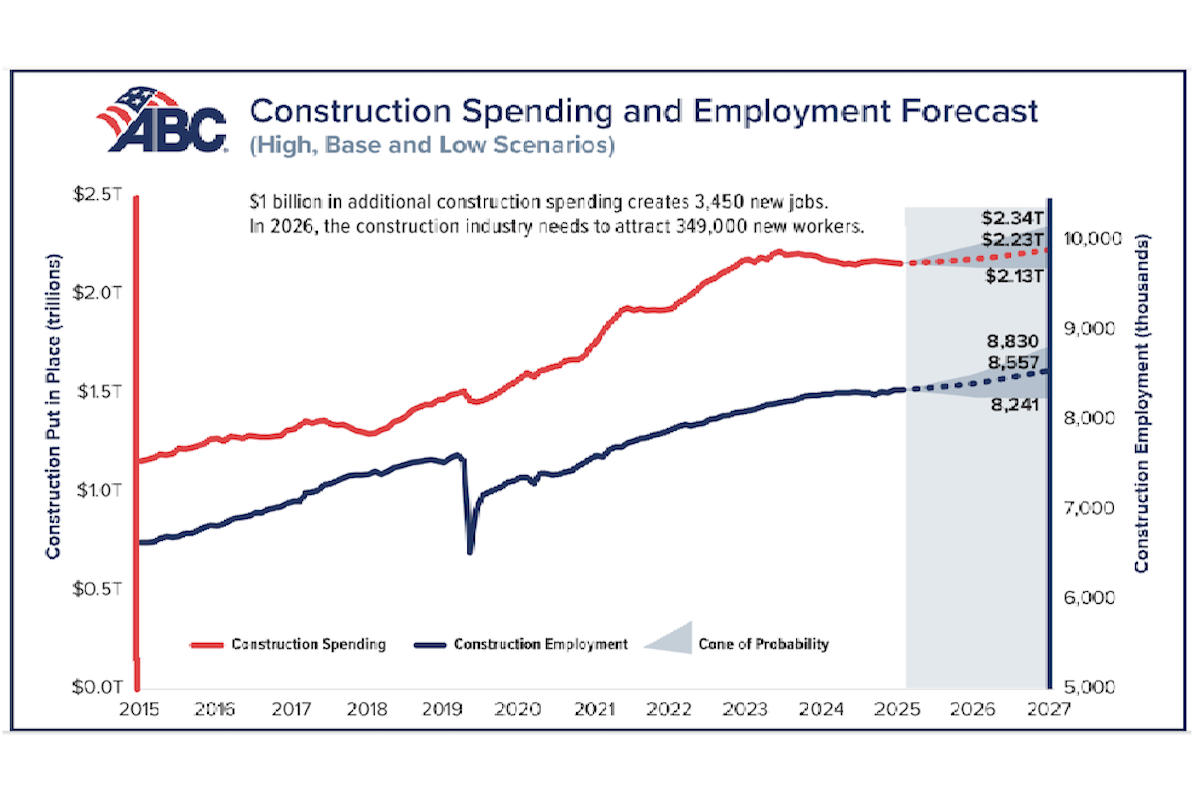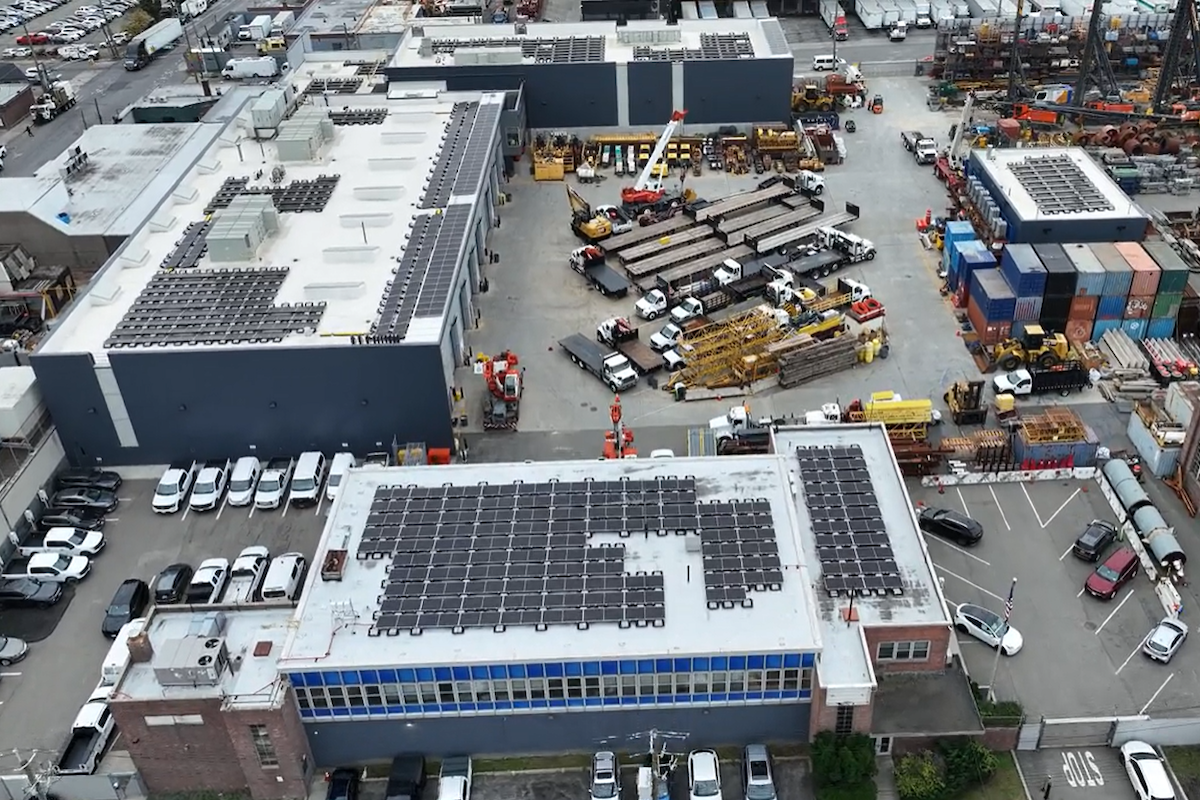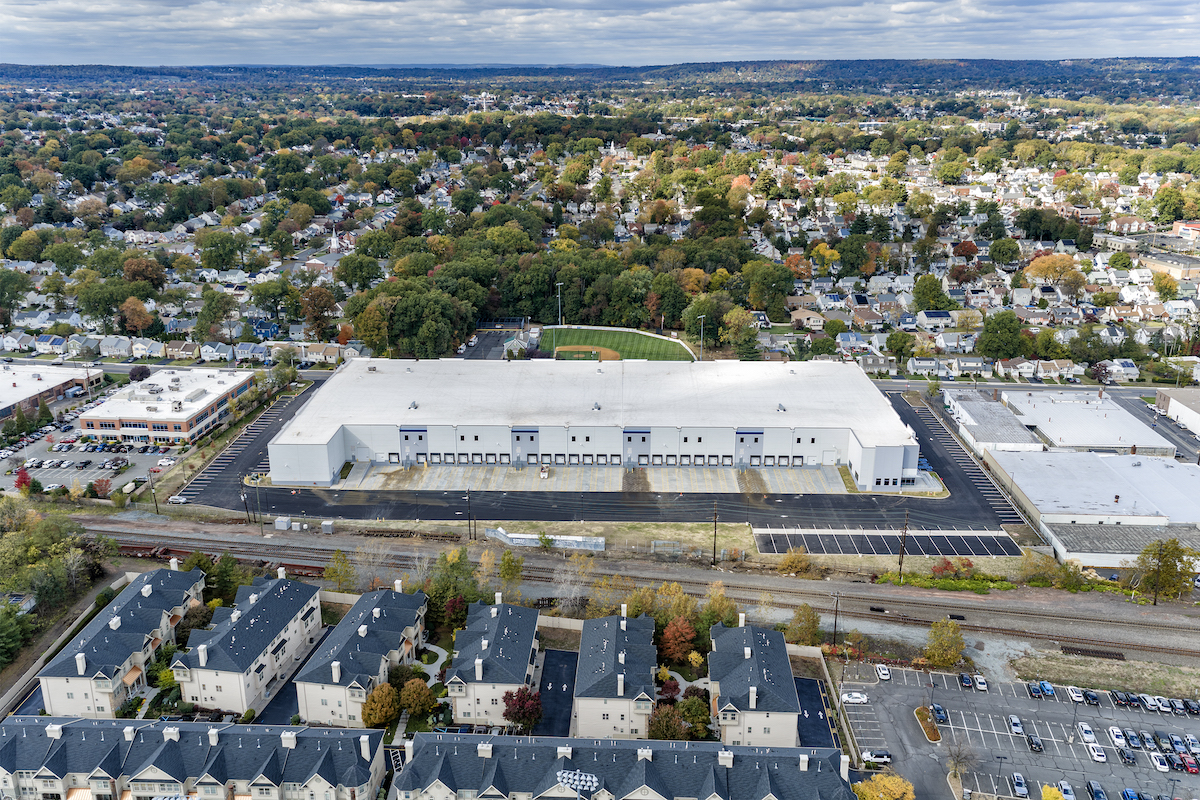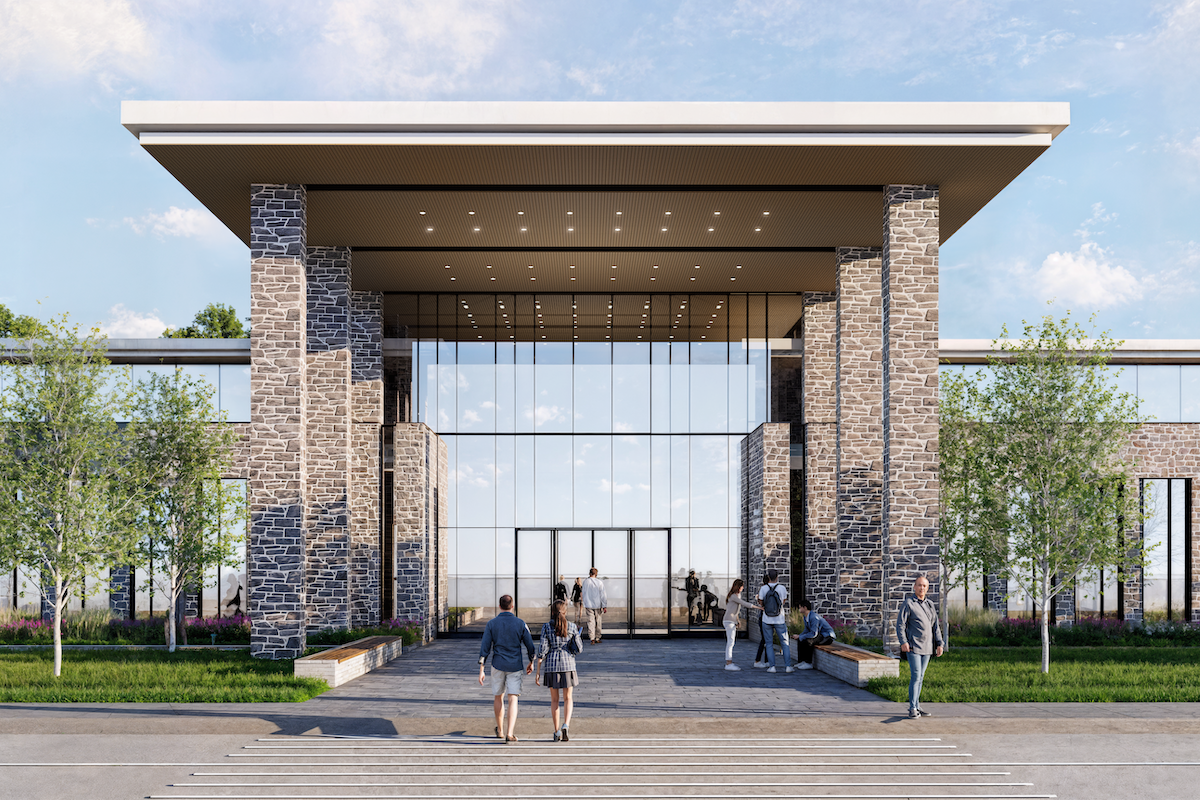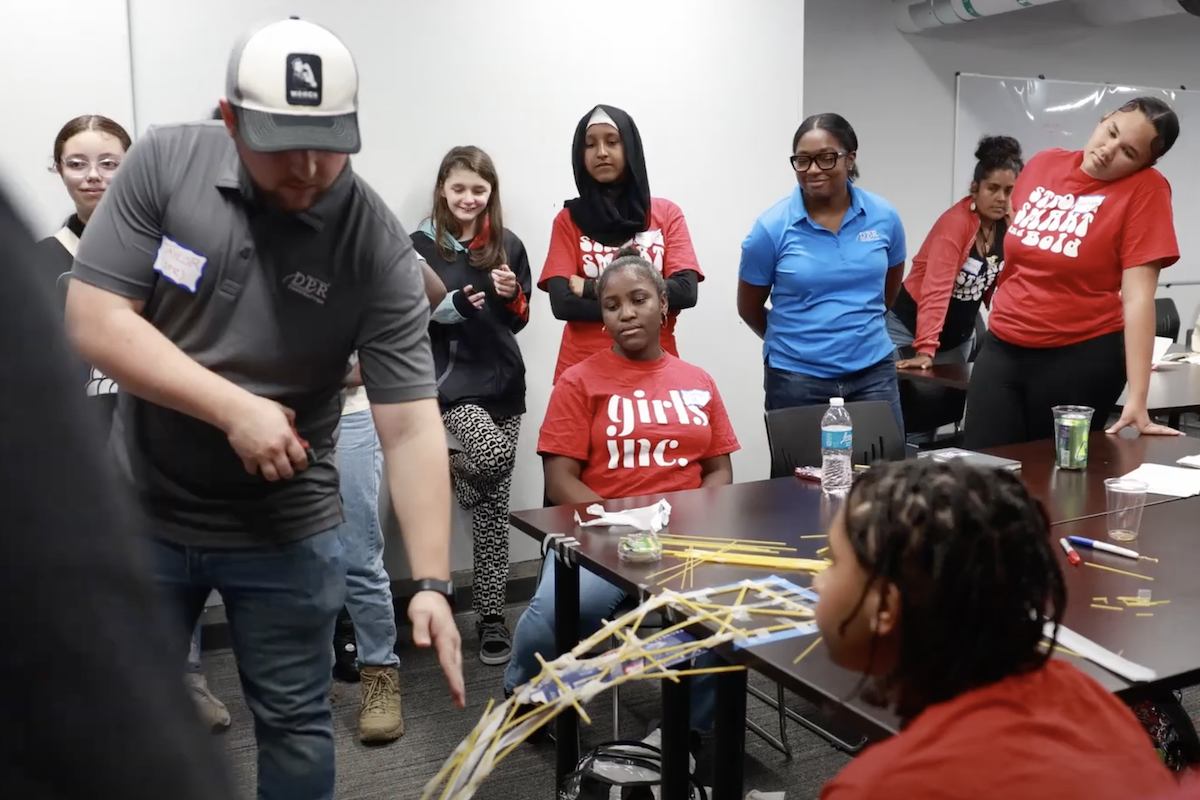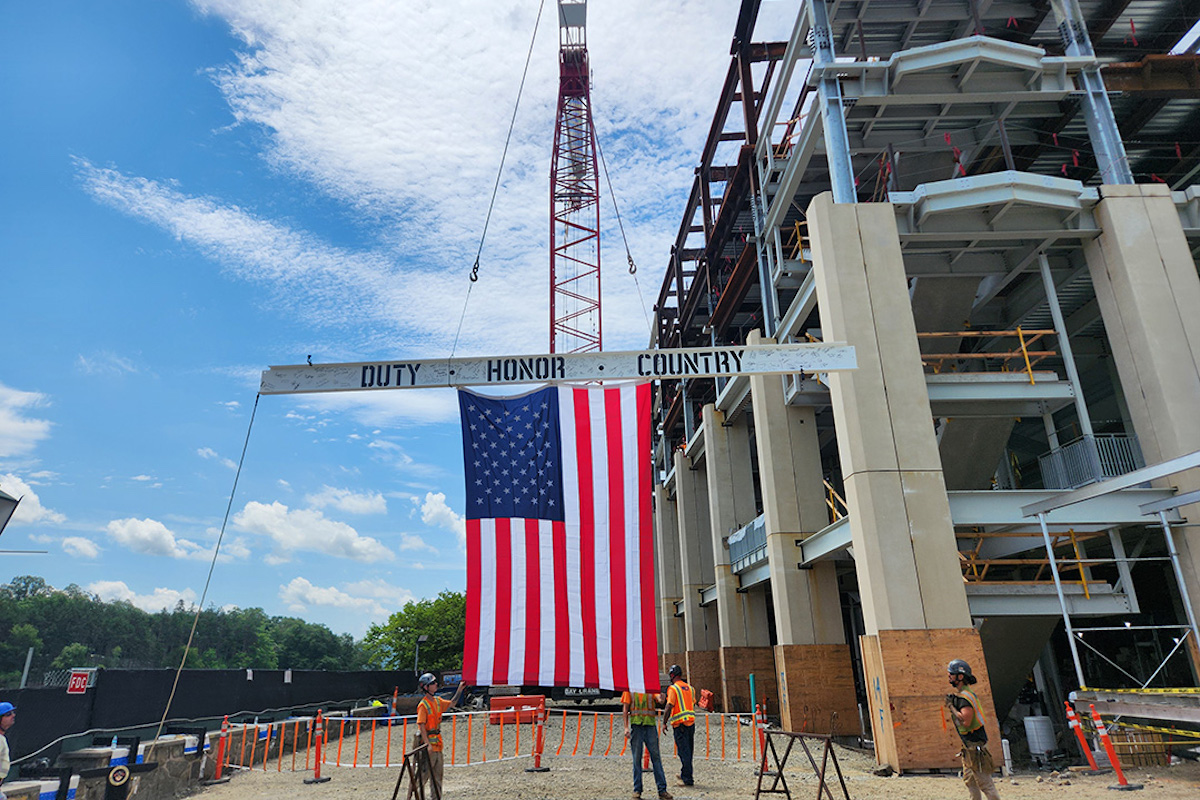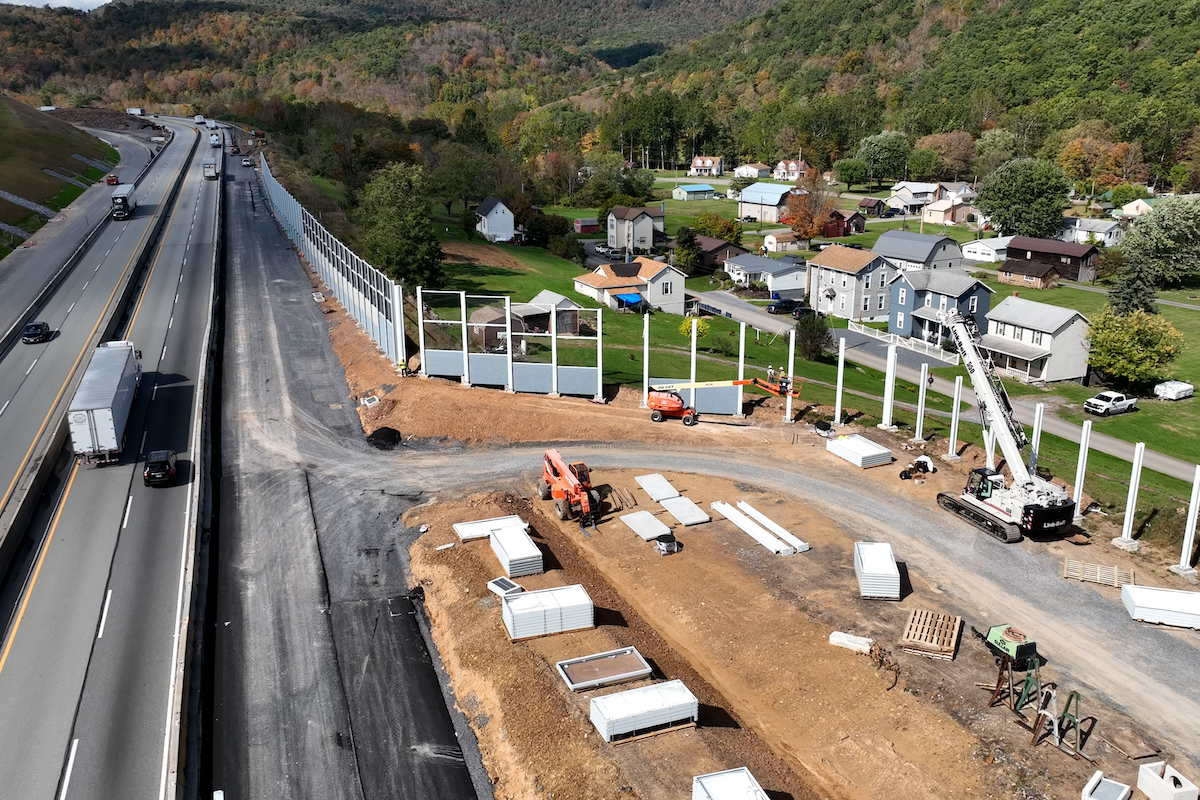A transformative approach involves integrating from more of a conventional means towards utilizing a remote dashboard integrated with concrete monitoring and maturity system. This shift offers numerous benefits for your projects, including:
- Live Data Availability
- Early form stripping
- Strength performance
- Cost savings
- Recorded weather effects
- Customized notification parameters
- Reduced material cost
- Informed decision making
In the construction industry, concrete data matters. Concrete performance and strength dictate the schedule and can directly impact each project’s budget. Simply put, adding concrete performance monitoring to your project by using the maturity method ASTM C1074 or “maturity” (as it’s often referred) as a vital addition to traditional methods of testing concrete that is required by ACI specifications will take your project to a higher level of predictability and productivity.
Tried and Traditional Method Use
Estimating concrete strength using maturity has been used for over 60 years and is put in place so concrete gains strength at a rate that is generally proportional to the temperature history of the concrete during the curing process. Maturity/strength relationships are precise – relationships must be determined for each mixture’s proportions – although as long as the mixture components and proportions do not change, maturity estimates are exceedingly accurate.

| Your local Trimble Construction Division dealer |
|---|
| SITECH Northeast |
| SITECH Allegheny |
Real-Time Data-Logging Devices Give Options
There are many ways to collect field data to estimate concrete strength using maturity. Traditionally, sensors that are put in fresh concrete record concrete temperatures over a period of time by using a data-logging device. The data is read at various ages, then a strength assessment is made using software and procedures of ASTM C1074 Standard Practice for Estimating Concrete Strength by the Maturity Method. Currently, the most innovative concrete data collection system provides the client with access to real-time data that is received online and through synced notifications.
No matter which type of data-logging device is being used, the outcome is the same: in-place concrete strength assessments are far more accurate than traditional field-cured samples ever could be. Every project should weigh the cost effectiveness, schedule, and weather constraints as to which method should be implemented.
Patriot Engineering and Environmental Inc.’s (Patriot) Dayton Branch Manager, Danielle Shultz began using an innovative next generation maturity system in 2012 for an 11.2-mile highway reconstruction project in Ohio. She experienced the benefits of using a remote maturity dashboard in the field firsthand.
Additionally, Nick Fox, Patriot’s Terre Haute Branch Manager has seen clients benefit from these “newer” concrete assessments and practices.
“We are doing more and more larger concrete projects in Terre Haute and throughout Indiana. We hope to educate more of our clients that these maturity options save so much time, money and much less stress is involved,” Fox said.
Shultz endorsed a maturity system and explained all the details to the contractor, who was unaware about this option but soon began to appreciate what it could do. Once the maturity curve was set and the sensors were being used on-site to estimate in-place concrete strength, they were able to prove the in-place concrete was achieving 85 percent of (f’c) within 48 hours of placement. Every stakeholder for the project instantly realized the huge impact of this new option.
By using the maturity system to assess field-cured results and in-place strength data, they were able to get back the six months the contractor had lost plus shorten the timeline by an additional three months. The contractor received a $1 Million incentive from ODOT for opening the road to traffic ahead of schedule.
Cold-weather concrete curing methods implemented during the project were proven to be excessive once the maturity/temperature monitoring was placed and the concrete was often being overheated. Once maturity began, they were able to show that the structures only needed blanketed and tarped due to the in-place concrete generating plenty of heat to cure on its own. It’s been proven that overheating concrete can be a main cause for exaggerated shrinkage, cracking and other issues.
By implementing in-place temperature and maturity monitoring, contractors needed less manpower, reduced the number of days for curing, and saved more than $50,000 in the first month. The invested parties were provided the real-time data that showed them how the in-place concrete was performing.
Once a concrete maturity curve is established and validated in the field, a contractor can accurately determine when stripping can take place, when the next stage of forming can occur, how long curing will take, when backfilling can begin, when lanes of traffic can be opened, and much more.
Scheduling different trades on a large construction project is challenging due to the need for precise coordination and timing. On a recent steel mill project, Patriot provided in-place maturity monitoring that enabled the contractor to see maturity and temperature data in real-time. This data allowed the contractor to schedule when future placements would occur based on the availability of concrete forms. This also facilitated scheduling of the earthwork crew for backfilling.
A thermal control plan was provided, detailing when to remove insulation based on the concrete's placement temperature. With this information, the client could schedule the delivery of the new machining center accurately.
Safety concerns are drastically reduced regarding post-tensioning cables. Premature post-tensioning of concrete that hasn't reached adequate strength can lead to cracking, deformation, or even catastrophic failure of a deck.
During the recent construction of the new Terre Haute Casino Resort, maturity probes were used to verify strength prior to tensioning of the PT cables for each of the 22 hotel deck pours. A thermal control plan was provided, detailing when to remove insulation based on the concrete's placement temperature.
Danielle Shultz offers over 25 years of experience in the construction industry and is the Dayton Branch Manager and Construction Materials Manager for Patriot’s Ohio clients. Passionate about materials testing, Shultz enjoys explaining its intricacies and importance. She finds great satisfaction in contributing to impactful construction projects, enhancing the quality of roads, homes, schools and other community structures.




